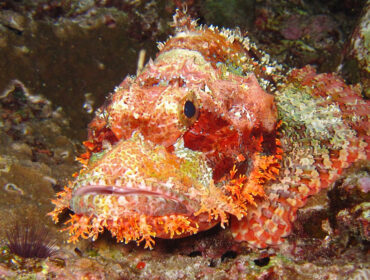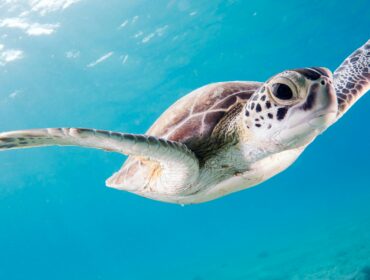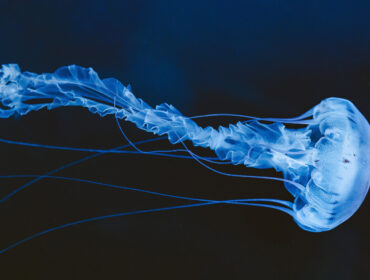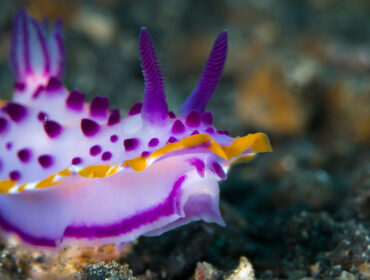The bullnose skate is a species of skate ray that subtropical divers in the Americas may come across. Sometimes confused with stingrays or other types of skates, it’s good to know enough information to distinguish the unique attributes of a bullnose skate.
Identification
Bullnose skates have a broad disc and sharply pointed wings. Their snout protrudes and resembles a duck bill, helping distinguish them from other rays. They have very long, whip-like tails that are clearly distinct from the body. In coloring, they usually have dark gray or brown dorsal surfaces and a pale ventral surface. The bullnose ray can grow to about 34 inches in length and 39 inches in width.
Feeding
Like many rays, the bullnose skate has reinforced jaws that allow it to eat crustaceans like lobsters and whelks. These skates tend to cruise along the sandy bottoms of shallow water, using their wings to stir up sand and find prey. Marine mammals and sharks are their typical predators.
Habitat
The bullnose skate often dwells in shallow estuaries, but has been found at depths of up to 3,937 feet. Their geographic distribution includes the western Atlantic, from Cape Cod to Brazil. These skates have also been found in Caribbean and Gulf of Mexico waters.
Migration
Bullnose skates are migratory and will travel in massive groups from southern tropical waters to the northern U.S. Atlantic seaboard. Researchers have noticed the bullnose migrating earlier in recent years and going further north; some use this early migration as a possible indicator of climate or ecological change.
Human Interaction
Humans do have a limited commercial interest in the bullnose; they are caught and eaten for some Central American dishes. The bullnose skate poses no danger to humans. This species of ray possesses no stinger and isn’t aggressive. In the shallow waters of the western Atlantic, they are likely to be a common sight to divers, but need not be a cause for concern.




